A full morning and afternoon spent with Familia Eguren visiting the El Puntido vineyard, Viñedos de Páganos, the underground cellar carved beneath the vineyard, the La Nieta vineyard, and lastly, a tour and lunch at the Señorio de San Vicente winery.
I arrived the night before to the hotel after a grueling long day of eating and drinking (sounds terrible right?). My nightly retire was cut short, for the wasted time learning how to turn the lights on. Insert Dumb American. Spain is all about efficiency and conservation. There’s this nifty little device by the front door where you insert your hotel card and it turns on your room. Fun! You’ll never lose your hotel key either!
View from the hotel room.
Early morning off to the vineyard!
First I arrived at the El Puntido vineyard. We were met by Jorge Ordonez (left), Eduardo Eguren (middle), as his father Marcos Eguren. The Eguren family were very well-dressed and arrived in a Porsche Cayenne along with two other cars full of vineyard and sales managers. This was no small, humble operation.
Eduardo spoke very good english, though he continued to apologize for his lack of. We were in Rioja Alavesa, north of the Ebro river, close to 600 meters in altitude with some of the highest vineyards in Rioja. The vines rise to the Cantabria mountains in the north (pictured) only 1 hour away from the Atlantic ocean. The Cantabria protects Rioja from heavy rains and winds from the North.
El Puntido offers 25 hectares of Tempranillo vines planted in 1975. Better wines came from more limestone content in the soil, both with clay-loam.
Eduardo explained when the leaves turn red, as you can see in picture above, harvest is close. They tend to pick later than most which explained why passing by vineyards were already bare. It had previously rained the day before delaying harvest further.
Eduardo explained to me his process in checking grape ripeness.
The grape must easy pull off the petiole without breaking and that part of the vine should be brown. Crush the grape against the roof of your mouth with your tongue and remove the skin and seeds. The pulp should spread away easily without much effort. Next, we check the pips to make sure they are brown. Skin goes in the mouth where you can access the tannin and flavor. The skins should be strong enough to make a bowl shape within your mouth.
We headed to the Viñedos de Páganos winery which was situated at the top of the south-facing 25 ha El Puntido winery. Pictured below, the bodega on the far left.
Entering into the winery we were greeted with a state-of-the-art sorting table and lots of stainless steel. El Puntido’s 35,000 bottle production is fermented in the 3 high-tech open temperature-controlled stainless steel vats on the right. La Nieta (we’ll get to the vineyard later) is de-stemmed by hand berry by berry until fermented in open-top oak (left). The winery was very clean, awaiting harvest to commence.
A new toy of Eduardo’s, a continuous stirring “egg”. Fruit is left in a full year, untouched. He was very vague about this project. Eduardo explained the vineyard has been biodynamic for 100 years and that they have no need to get certified. Stating, installing weather stations were a huge hassle.
Lowered by elevator into the cellar which was built in 1999 underneth the first vineyard we saw, you could see a great cross-section on the sub-soil. 20cm sand topsoil then limestone with clay layers. The limestone layers were dry but each clay layer was humid and moist, forcing the vines to dig deep.
Underground cellar craved out of the limestone.
Back side of the underground cellar leading out to the La Nieta vineyard. While the exterior is recent, the door is 400 years old.
Another cross-section of the sub-soil. You can see the thick limestone layers with clay in between.
La Nieta. Only 1.8 ha small with poorer, more sandy soil than El Puntido. The berries were much smaller and the vines less productive. Planted in 1975. Once these grapes are picked they are de-stemmed by hand, berry by berry!
Now finally time to drink some wine. What a view!
A few notes on the wines:
- Protocolo Bianco 2012 – 50% Airen, 50% Macabeo
- Protocolo Rosato 2012 – 50% Tempranillo, 50% Bobal
- Protocolo Tinto 2011 – 100% Tempranillo
- Codice Tinto 2011 – Older vineyards, lower yields, 6 months in tank, 6 months in barrel
- El Puntido 2008 & 2009 – 25ha vineyard, 16 months new French Oak
- El Puntido 2006 Gran Reserva – 28 months new French oak
Next we were off to Senorio de San Vicente where we would have lunch and taste the wines from San Vicente and Sierra Cantabria.
The main floor of the winery held many HUGE 16,000 liter over 100 year old barrels. Eduardo states they used barrel of this size to transport wine from Rioja to Bordeaux during phylloxera.
Another new French barrel room downstairs.
But what was this hidden high above…
Like all good wine people, they bought, stored and tasted the best wines of the world. The Eguren family tasted how their wines compared, and how both wines kept over time.
Finally, we headed upstairs for lunch and more wine (like we needed anymore!).
Wine notes:
- Sierra Cantabria Rosado 2012 – 50% Viura, 30% Garnacha, 20% Tempranillo
- Sierra Cantabria Tinto 2011 – 100% Tempranillo
- Sierra Cantabria Tinto Crianza 2009 – 100% Tempranillo, older vines
- Sierra Cantabria 2007 Reserva
- Sierra Cantabria 2004 Gran Reserva – 97% Tempranillo, 3% Graciano
- Sierra Cantabria 2010 Coleccion Privada – Planted in 1957. Two separate fermentations – whole cluster and berry, then blended.
- San Vincente 2009 – 100% Tempranillo. Single Vineyard 60 years old. Low yields and small clusters.
- Sierra Cantabria 2011 Organza – 55% Viura, 25% Malvasia, 20% Granacha Blanca
- El Basque 2010 – Single vineyard near Ebro with alluvial soil.
- Amancio 2009 – Named for Eguren founder. Single vineyard.
It was noted that it is illegal to state Single Vineyard on a label in Rioja. The large producers have blocked this marketing effort to push Reserva and Gran Reserva.
Some older vintages were opened as well, like a 2001 Blanco which was still full and alive.
Headed out! Thank you for reading!





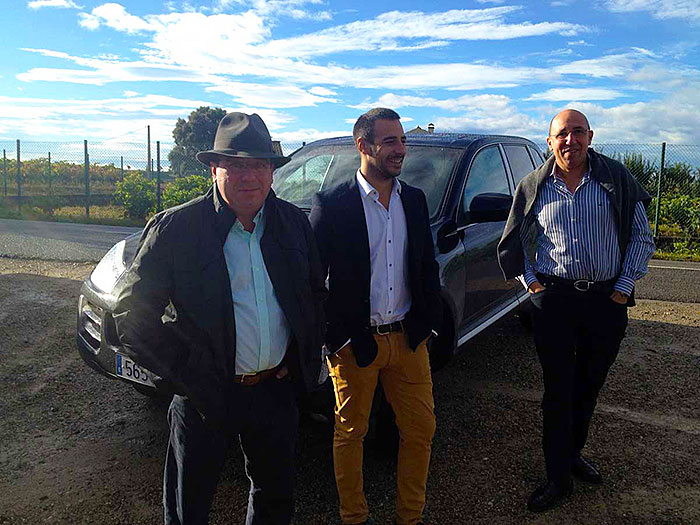

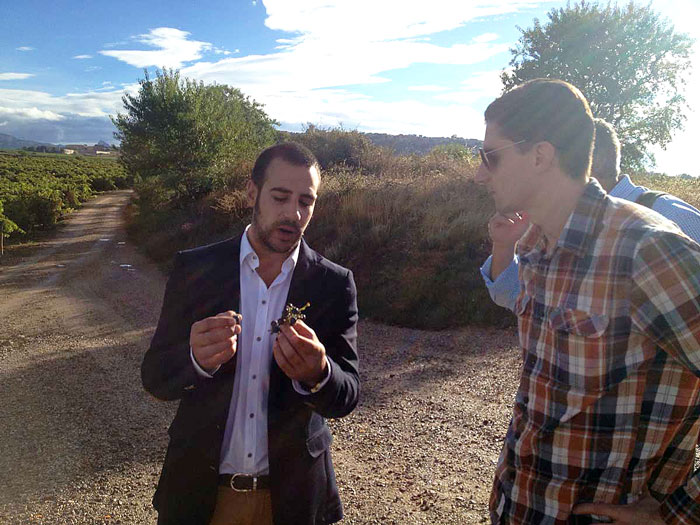

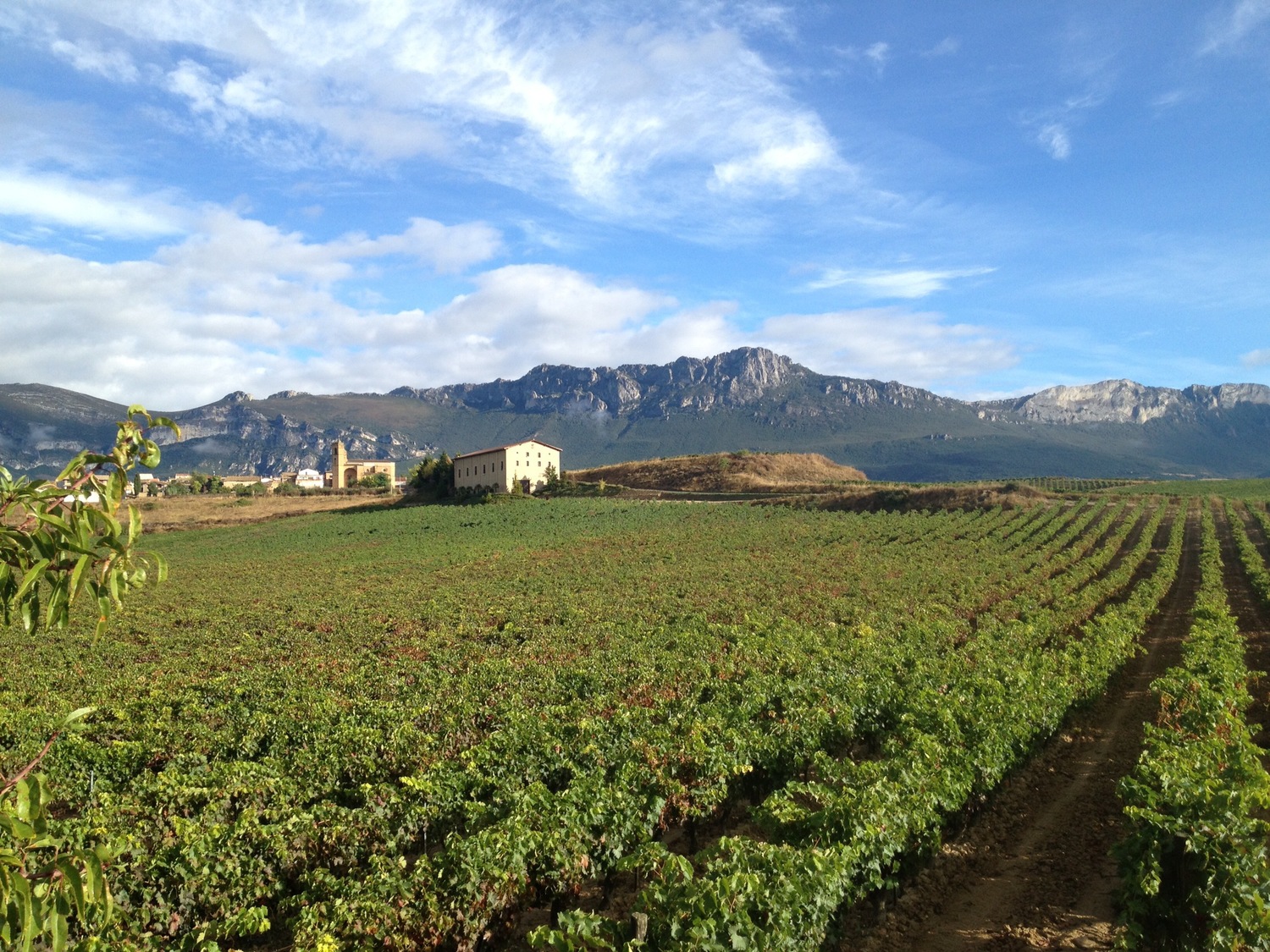

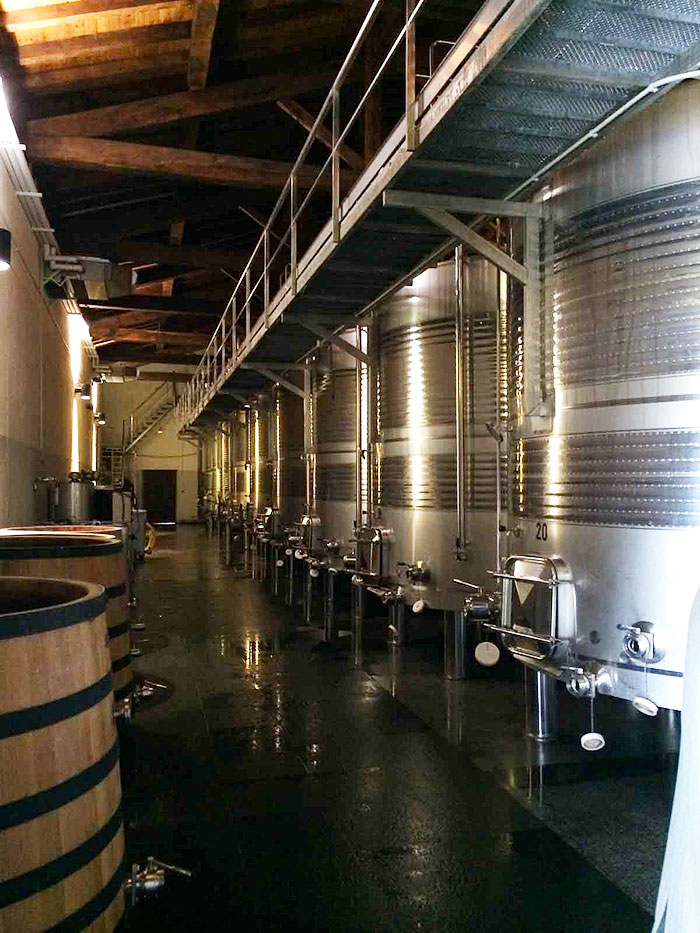
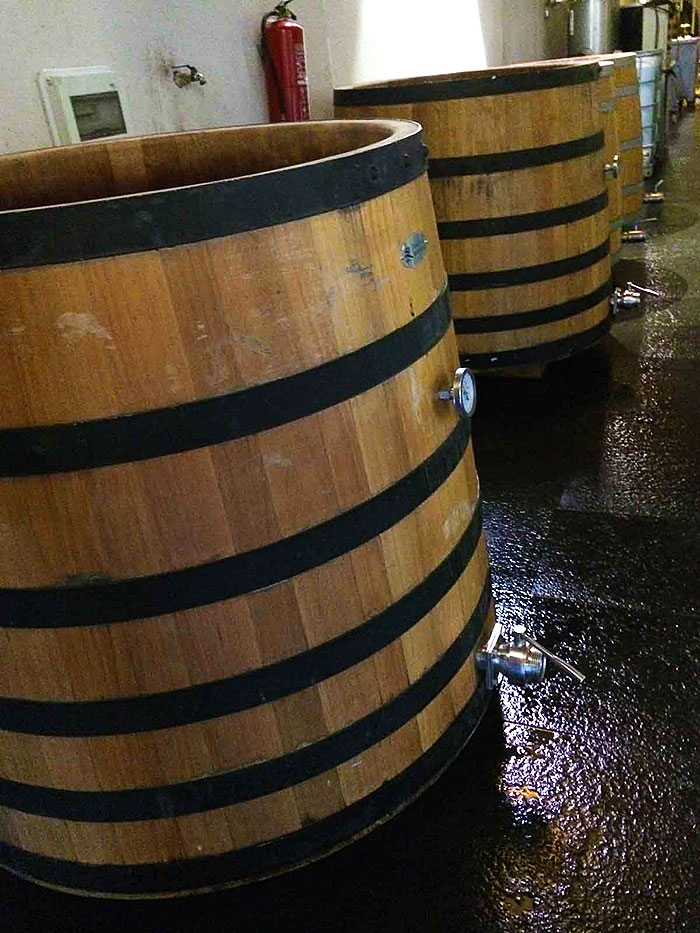
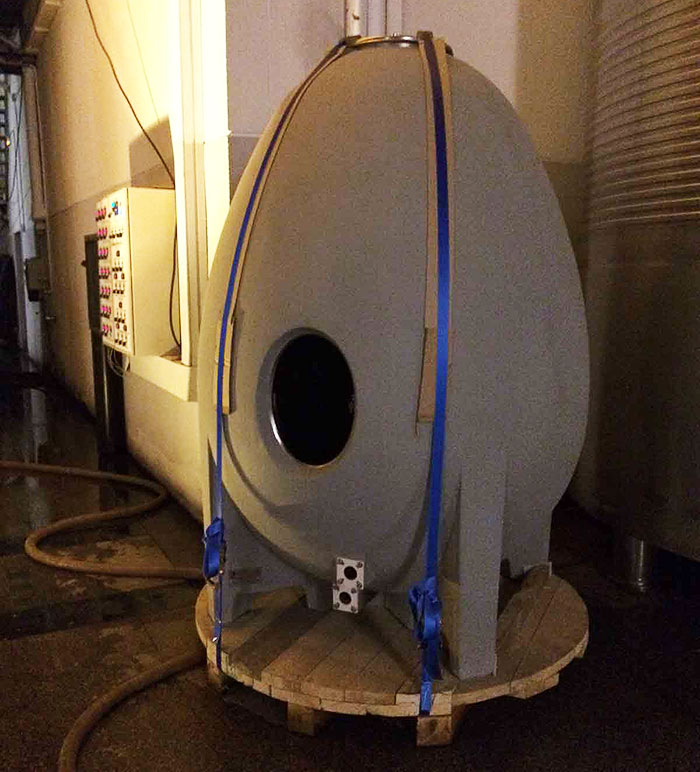

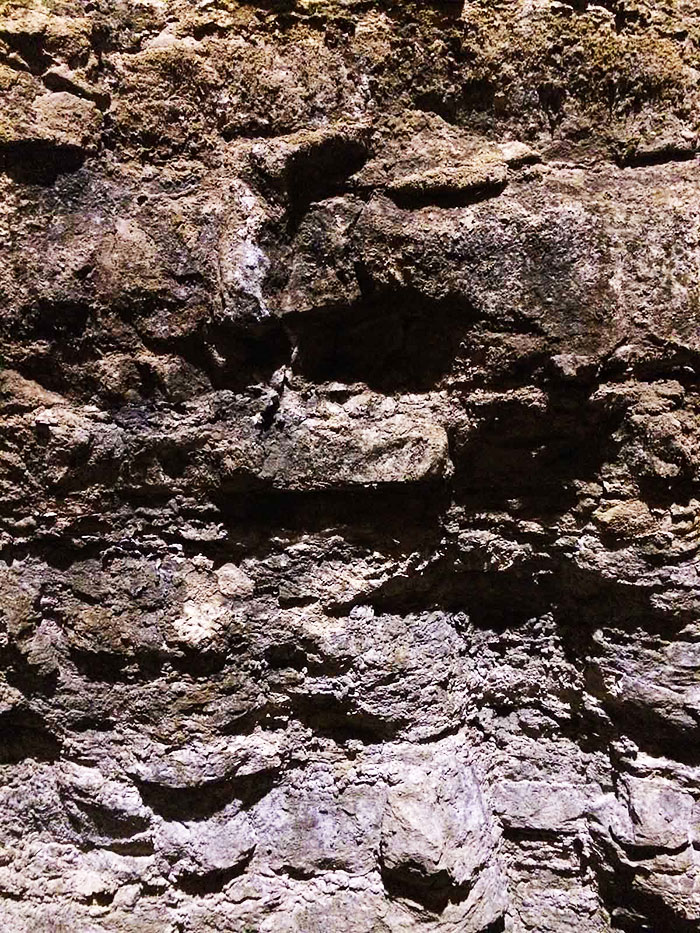
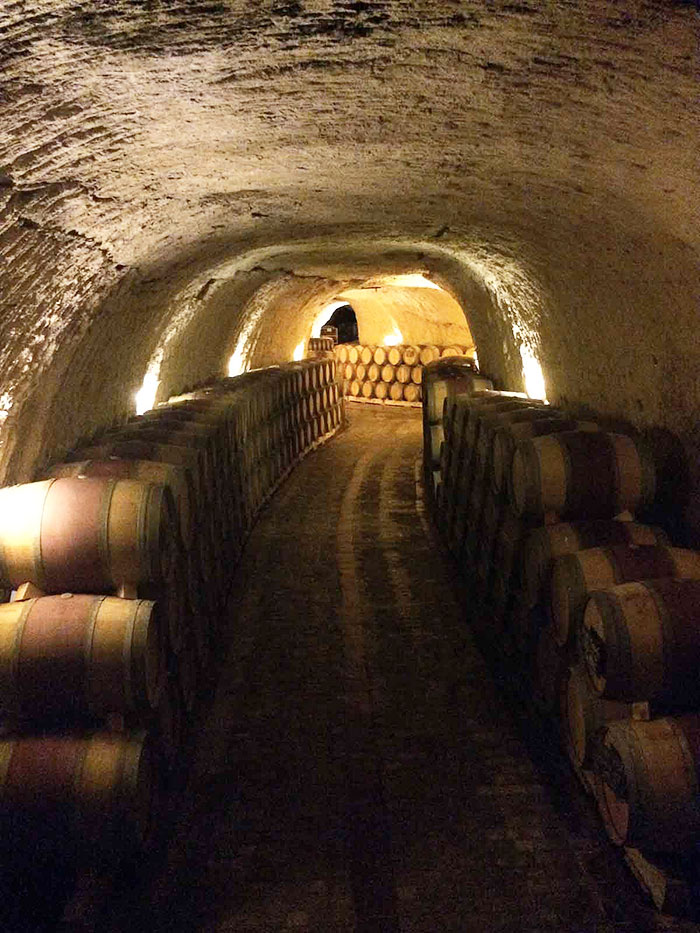


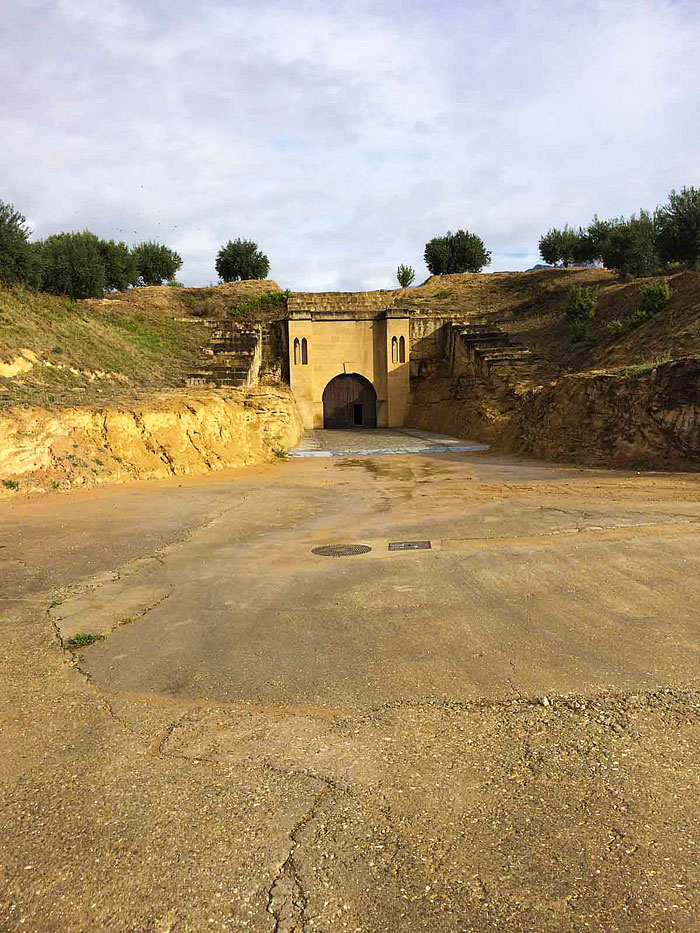


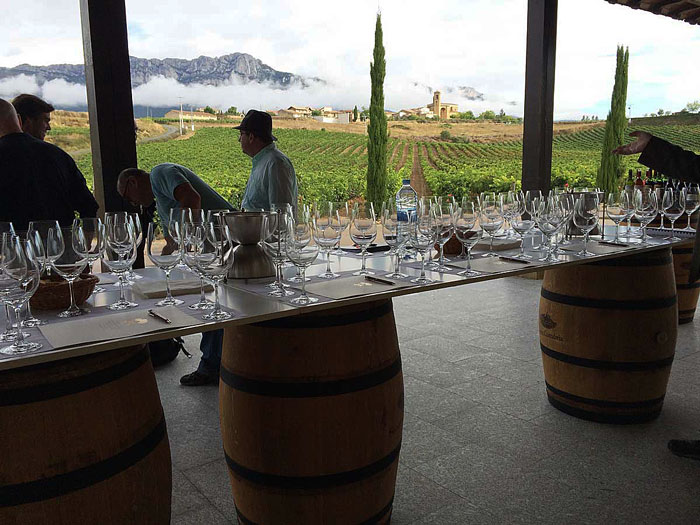


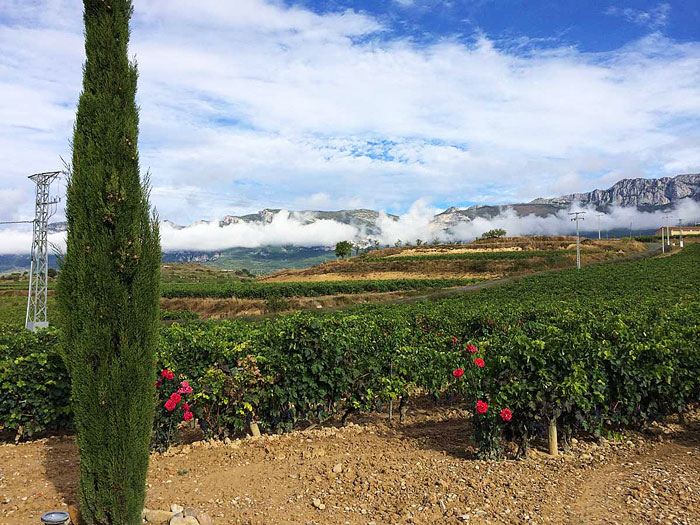









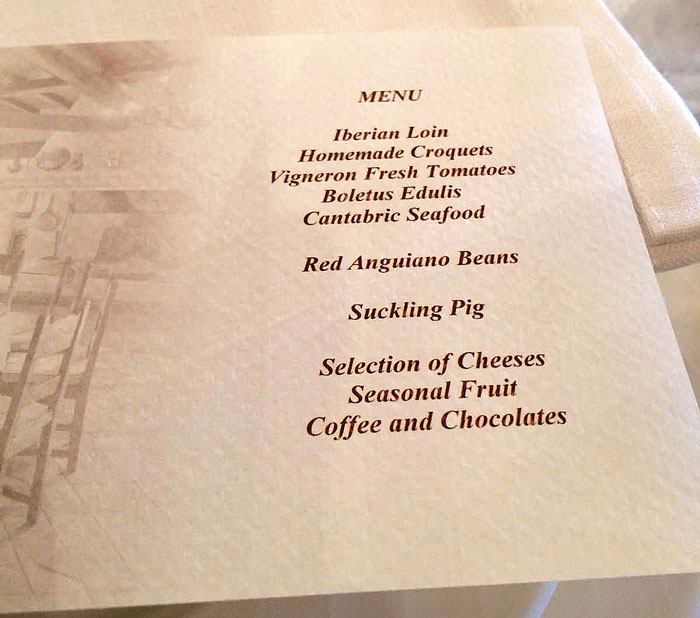
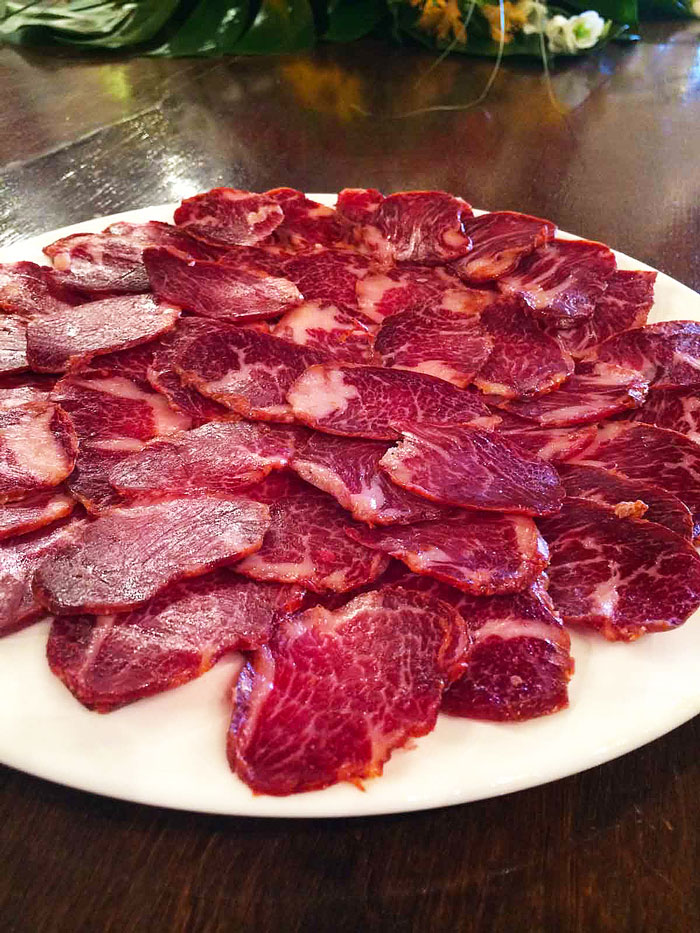

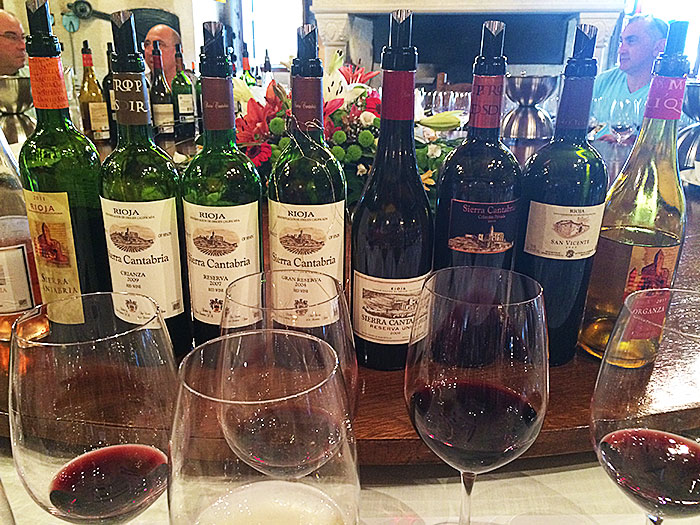
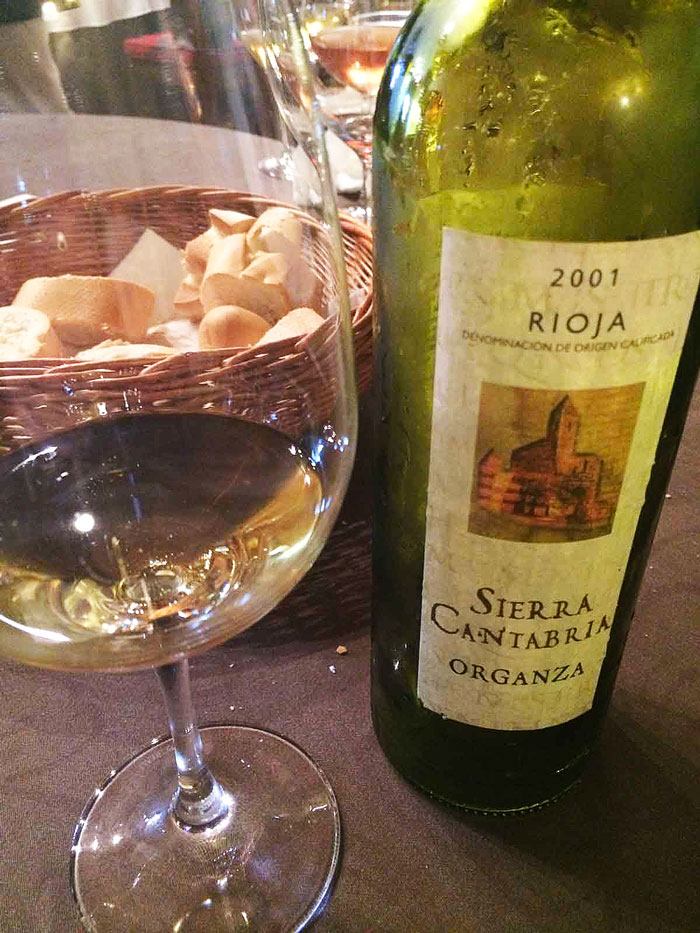




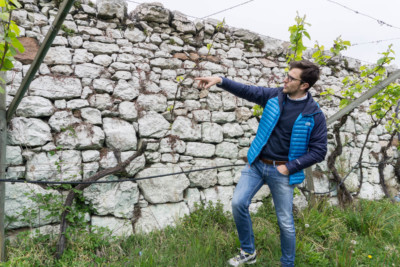

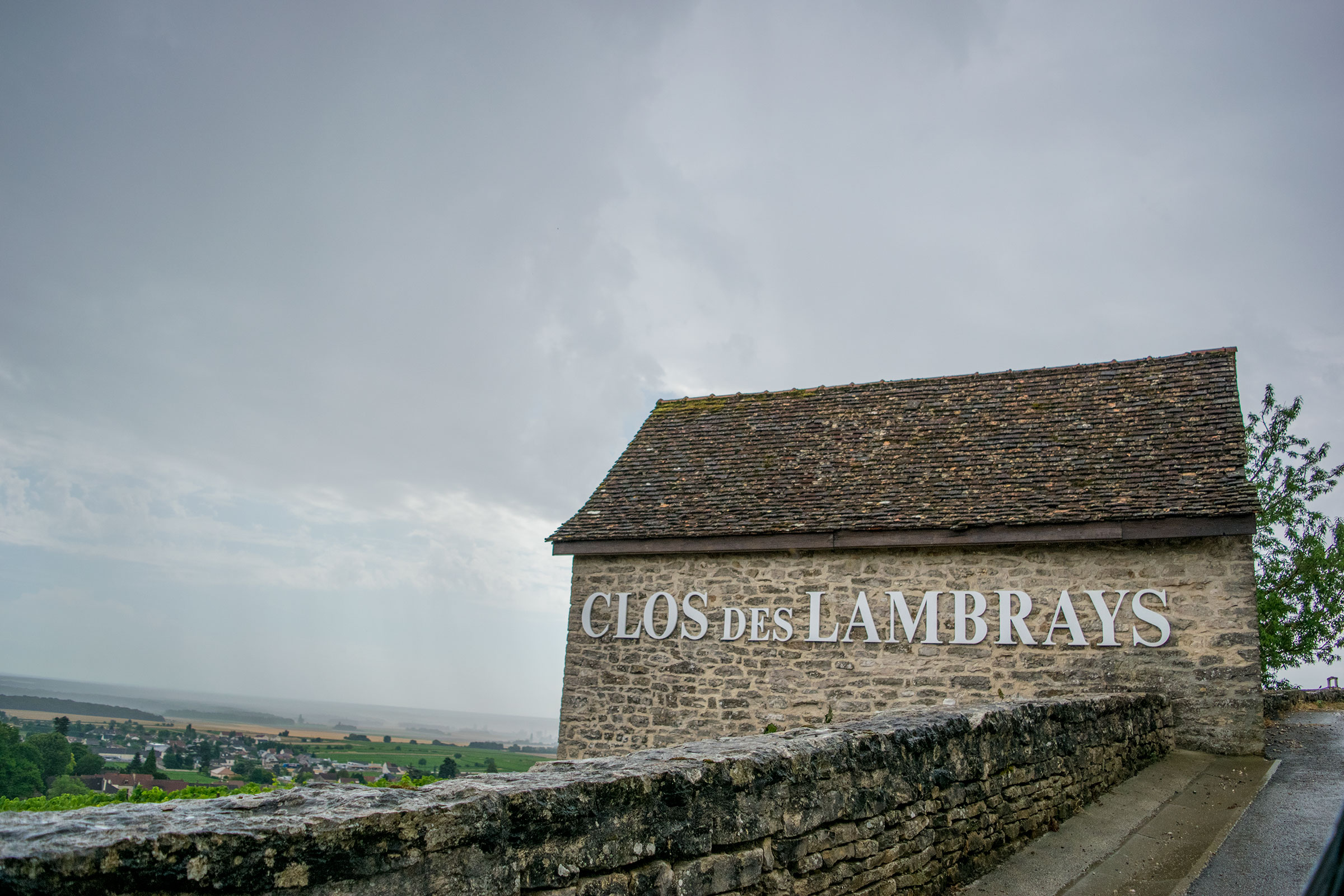
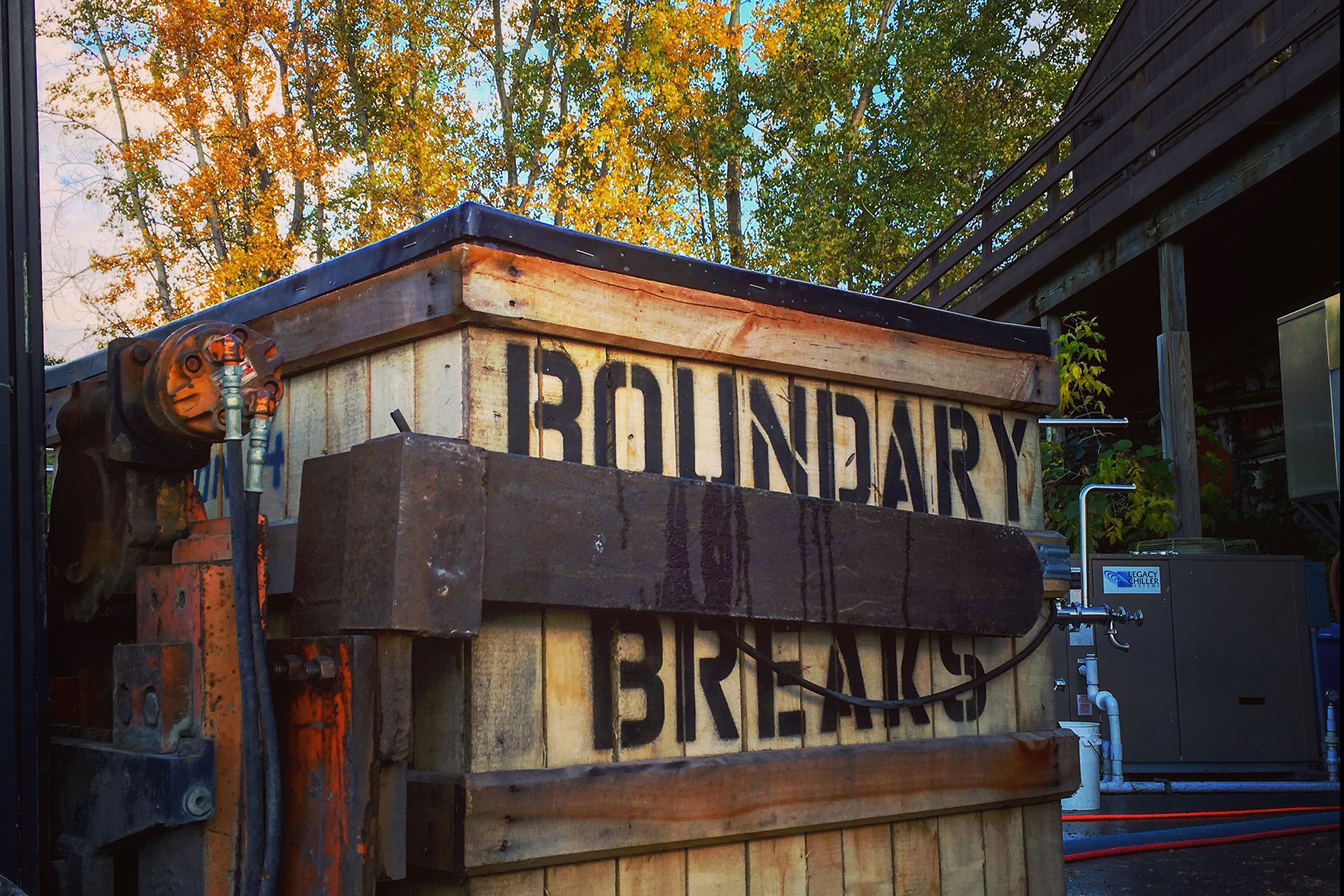
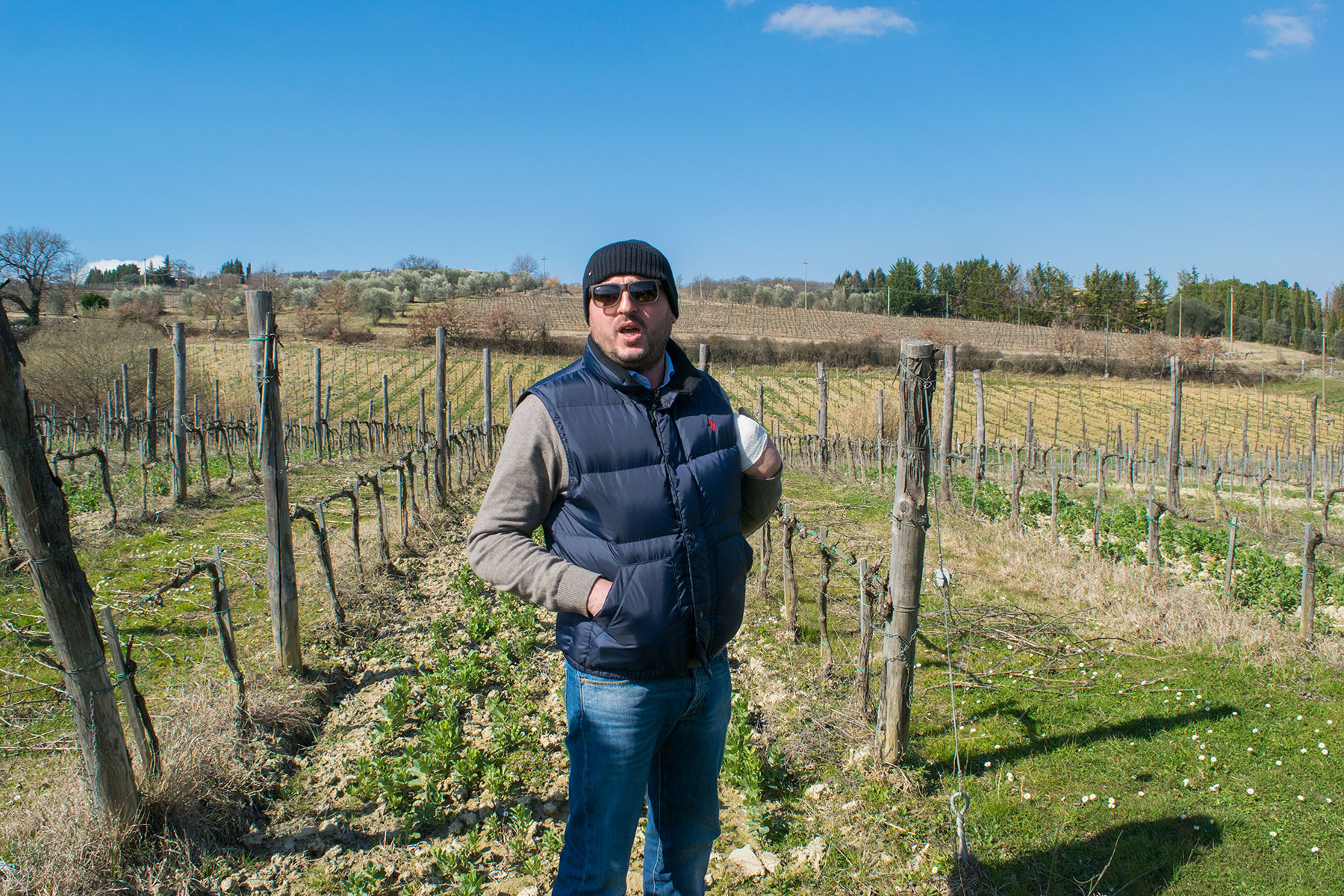
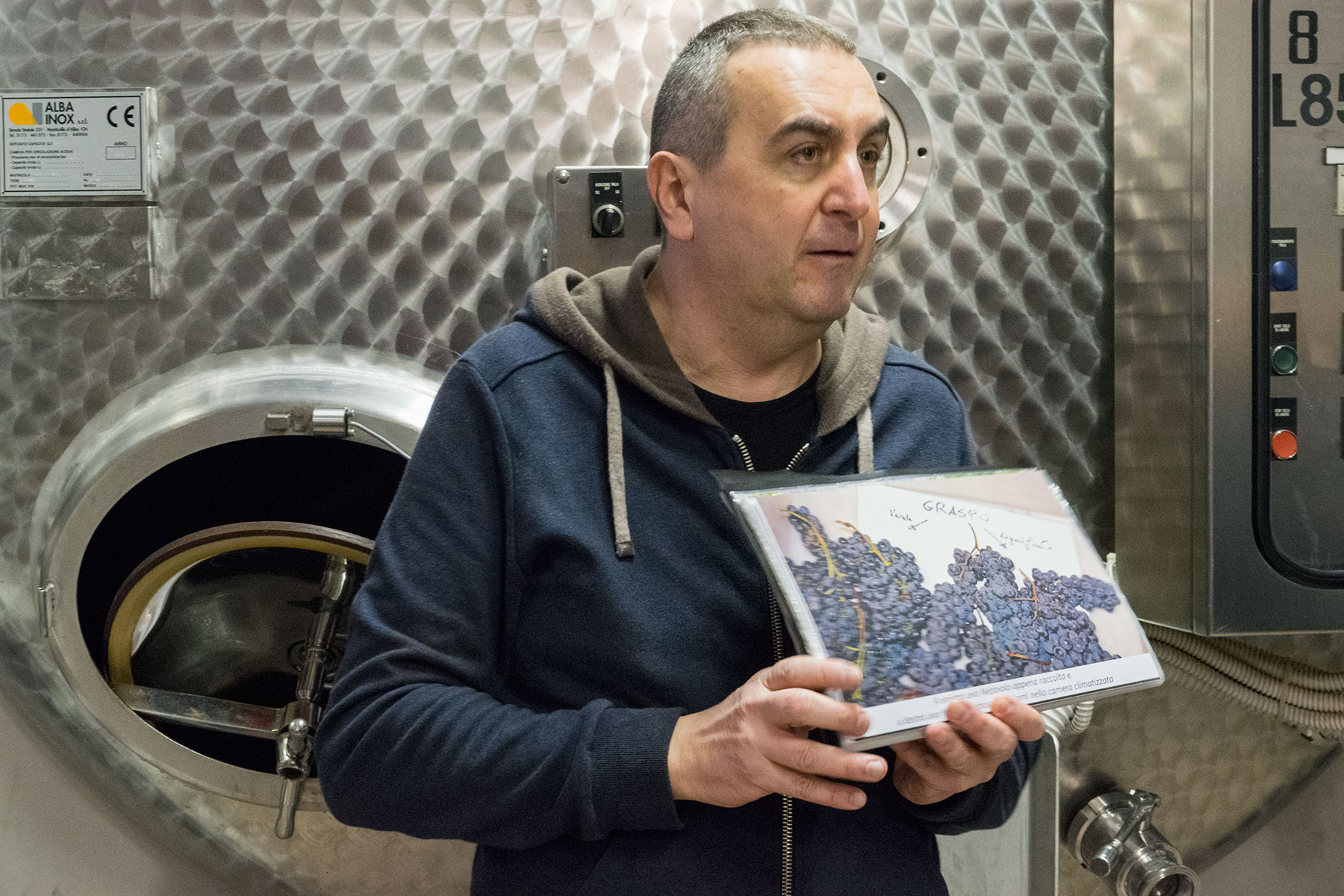
Leave A Comment
You must be logged in to post a comment.